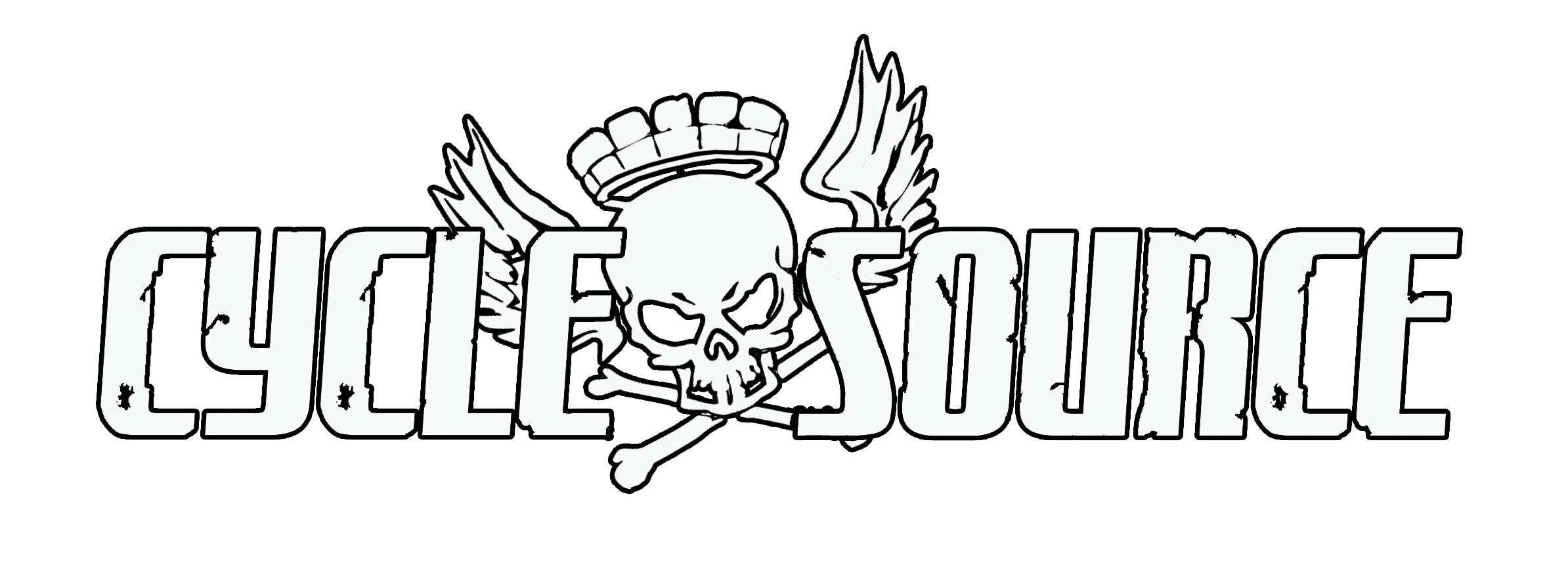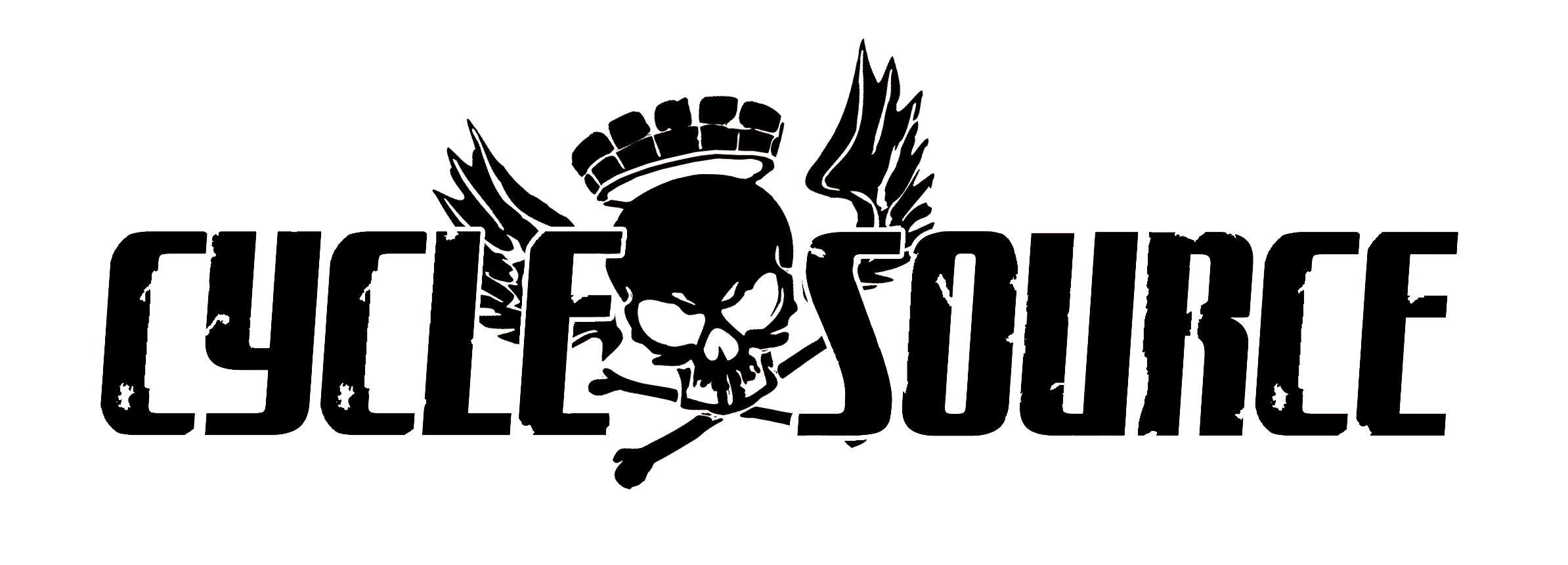To Read The Full Article, Go To www.cyclesource.com
Down And Dirty- Working With Holes
Article And Photos By: Chris Callen
Originally Published In The June 2018 Issue Of Cycle Source Magazine
One thing I’ve learned in building or rebuilding bikes is that problem solving is the most useful tool you can have at your disposal. Coming up with ways to make things you have work with other things you have without buying things you might not want to pay for, is king. In our case last month it was the Tokyo brake calipers that came with the GSXR front end we scored. They are killer brakes but sit just a quarter inch past the stock 12.5-inch Harley brake rotors that we had on our wheels. To ensure we have good surface to surface contact a quarter of an inch must be machined not only off the bosses for the caliper, but the counterbore for the shouldered mount must also be relieved a quarter inch.

If you’re going to work with a hole and everything has to be perpendicular and square, there are several ways to go about it. One such method you saw a few months ago when Will was helping with the top tree of the GSXR front end for the War Pony where he took an indicator to find the center of the hole by chasing zero with his table on the mill. That was amazing and definitely worth the investment in the tool, but on a visit to Mr. Fish’s Machine shop just the other day he showed us a pretty slick method for lining up a hole in a part that has to be machined.

This can be done by using an angle plate and a clamp as well but the process we were doing we were able to use the table top vise on the mill.

Earlier on, before I had arrived, Ed took a section of 1/2 inch cold rolled steel stock and turned it down on the lathe to the bore of our master cylinder mounting holes.

This would allow him to align the holes on the calipers using the same collet the tooling would use, ensuring center and saving some time as well.

Once the tool is in the spindle, you can tell if the part is centered by slipping the tool into the caliper and then snugging up the vise. Once it slips in and out easily, it’s good. If there is resistance, then the table needs to be adjusted a little. We were lucky for the fact that the construction of the caliper body lent itself to simply putting it into the vise with no other clamping, meaning it had good contact on both sides and at the bottom. From here we can lock the table and start the work.

At this point, we are free to clearance the bore of the caliper. Using a little low dollar machinist dye (Sharpie marker), we can tell when we start into the cut.

We bring the quill down just until the tool touches the surface, if it out of square a little then just until it’s clean.

At that point, we zero out the dial on the crank and get ready for the cut.

A quarter inch later (250 thousandths) One whole turn on the dial is equal to 100 thousandths. We get two and a half turns out, and we are good and ready to surface the boss.

Since the part is centered already, we can simply switch tools and go right after bringing the boss down a quarter inch as well. The same operations as before and from there we can move on to the next hole.

With is comparably a small amount of machining we are now able to have performance braking using GSXR forks with Tokyo calipers and a Harley wheel and rotors. With so much of this stuff out in the world today it’s a great way to get killer parts on the cheap… And isn’t all of this where choppers really started anyway?

Special thanks to Ed Fish for always having time to take me to school and further my ability to be a broke ass chopper jockey.























